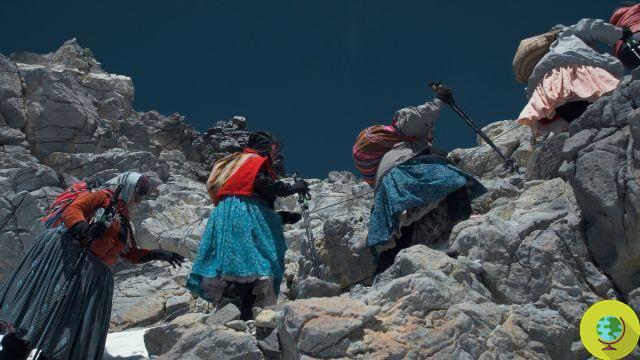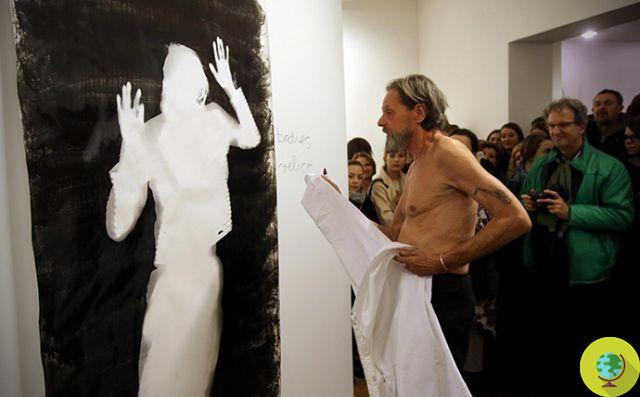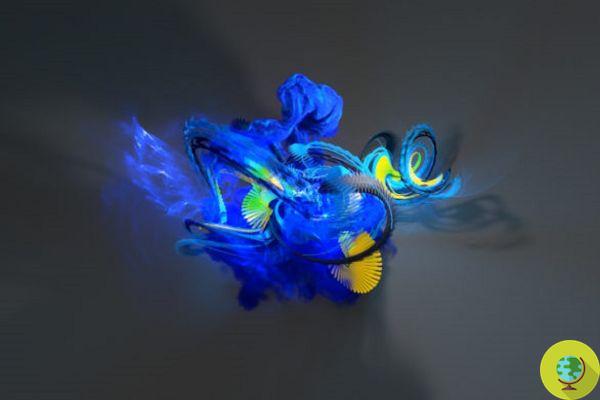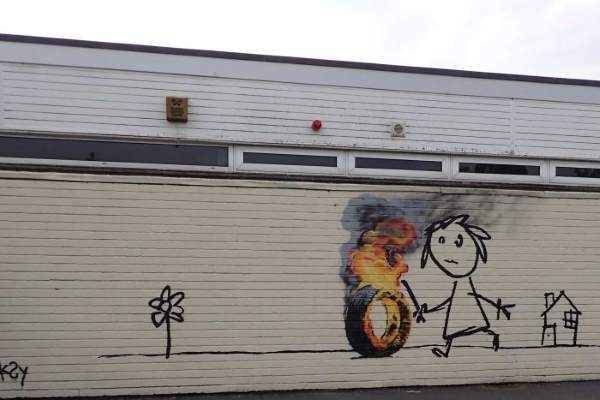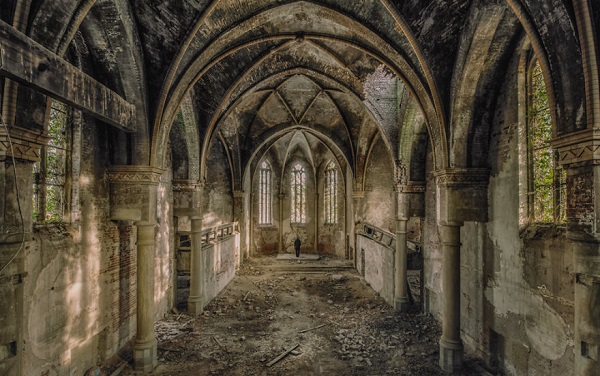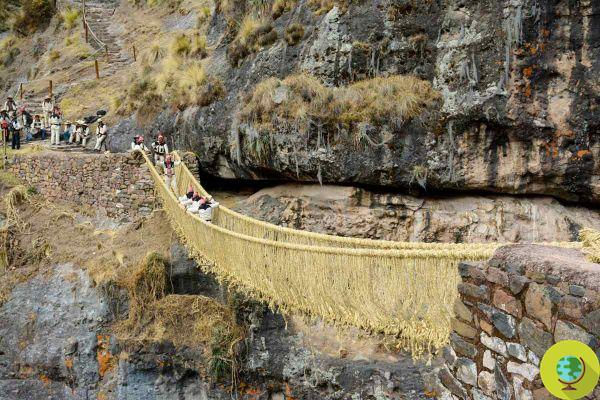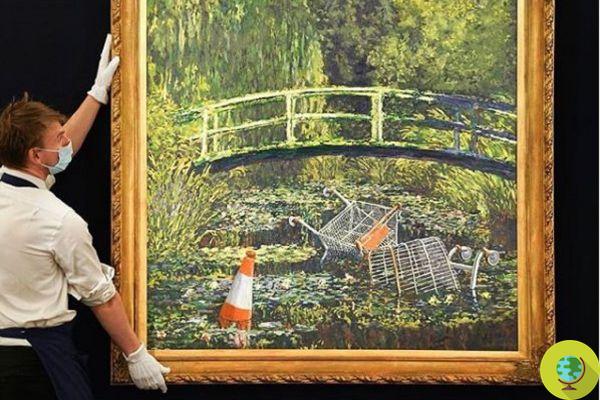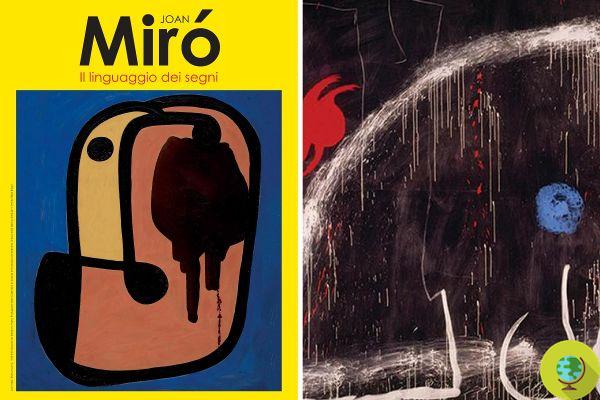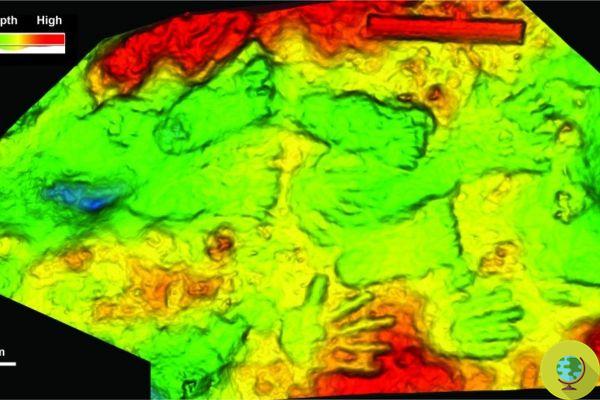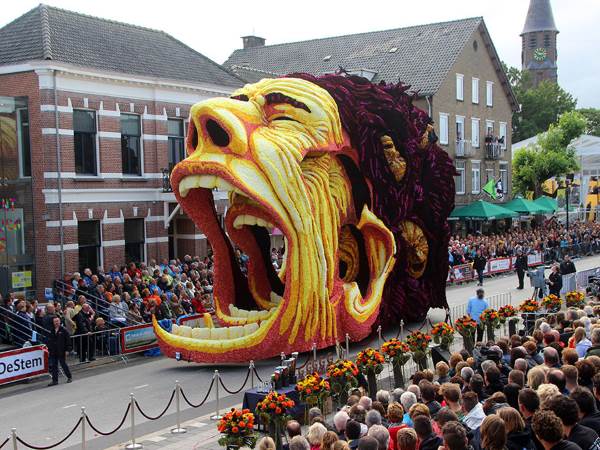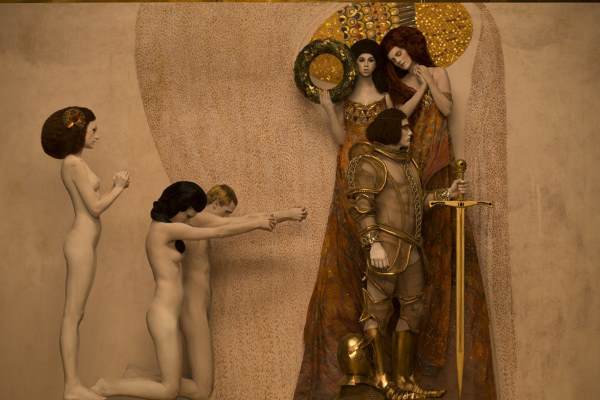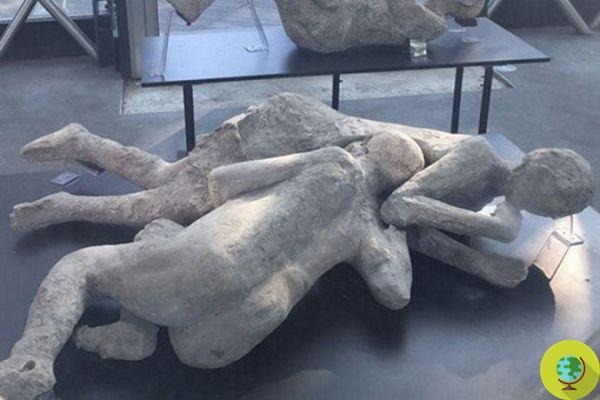
Boiling blood and skull explosion, other than death "in sleep" or in any case immediate. The tragic end of the ancient inhabitants of Herculaneum and Pompeii, as well as of other towns in the Vesuvius area, was even worse than has always been believed. A terrifying picture emerges from a survey conducted by a research group of the University of Naples Federico II, which illustrates a decidedly less "sweet" death than the one hypothesized so far
He is about to end up run over, his mother saves him
Boiling blood and skull explosion, other than death "in sleep" or in any case immediate.
The tragic end of the ancient inhabitants of Herculaneum and Pompeii, as well as of other towns in the Vesuvius area, was even worse than has always been believed. A terrifying picture emerges from a survey conducted by a research group at the Federico II University of Naples, which illustrates a decidedly less "sweet" death than the one hypothesized so far.
It is 79 AD and Vesuvius, an explosive volcano (still dangerously active) erupts violently and exterminates entire populations living in the surrounding area. Herculaneum, first of all, is invaded by a blanket of incandescent lava. More distant Pompeii is covered by a cloud of ash and the inhabitants, it was believed until now, die of asphyxiation, but in many cases almost sweetly, in their sleep.
Instead it seems that it did not happen. Because a new study conducted by the Federico II of Naples would show how the incandescent lava reached people, but that it would not even kill everyone, because the very high temperatures generated in the whole area would have caused the"Blood boiling". Expression that is scary even just to be pronounced.
The new study is based on the analysis of over 100 skeletal remains of around 300 eruption victims who tried to save themselves by hiding in a boathouse on the waterfront of Herculaneum, about 15 kilometers from Pompeii. On these states noted red and black residues which had no obvious explanation.
Spectroscopic analysis revealed that these "spots" actually were high concentrations of iron, created by fluids such as blood boiling. The vapor emanating from this reaction was sufficient to exert such pressure on the soft tissues and bones as to cause in some cases even theskull explosion. And indeed some fractures found on the skeleton remains would be consistent with this dynamic.
"These types of field and laboratory studies are of great importance not only for the historical and biological reconstruction of the populations of the Roman age - specifies however Pier Paolo Petrone, principal author of the work - but also because they provide fundamental information useful for the volcanic risk assessment in densely populated areas".
Yes, because the area around the Vesuvius is still dangerously very populated, although it is known that the volcano is far from extinct and that its eruptions do not give any warning, but improvise fireworks that can only be enjoyed by those who live far away.
And unfortunately, if disaster ever happens, you can only try to escape, hoping to have time.
The research was published in Plos One.
Read also:
- Pompeii, the fresco of Adonis wounded in the arms of Aphrodite returns to light
- In Pompeii the evocative enchanted garden re-emerges from the excavations
Roberta de carolis
Photo: is Campania






